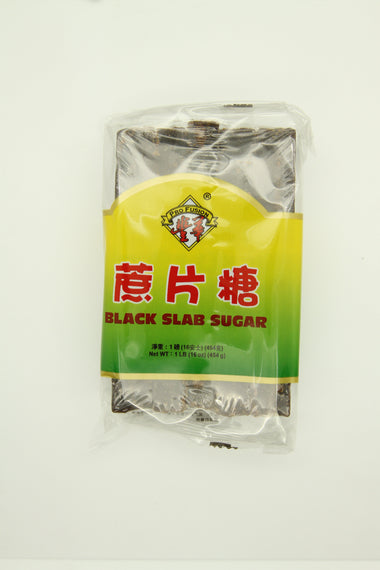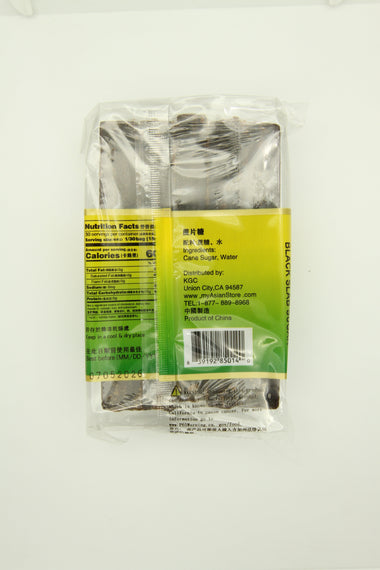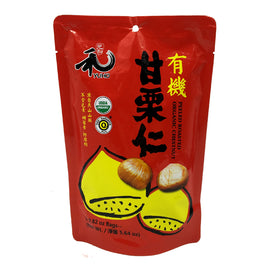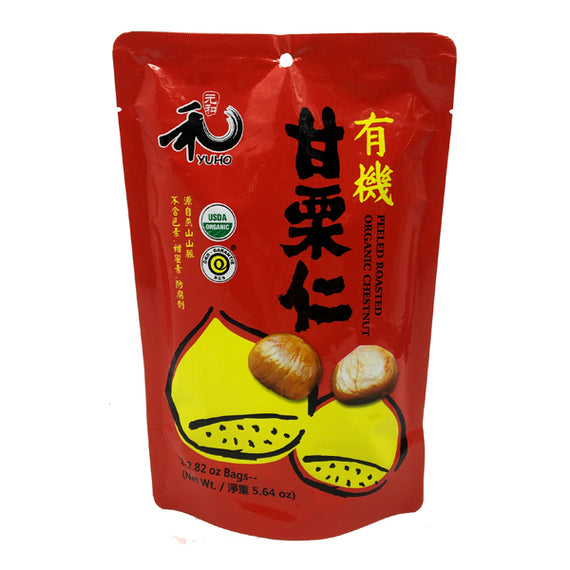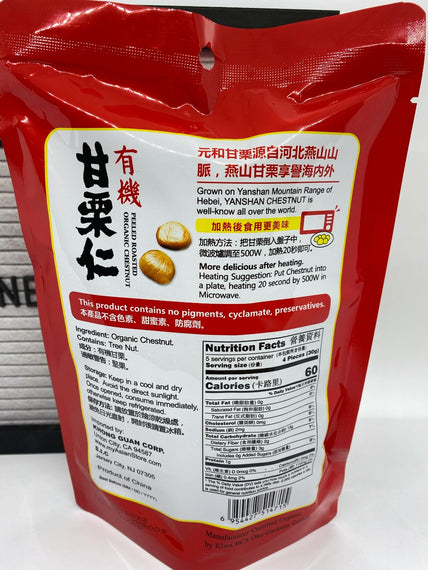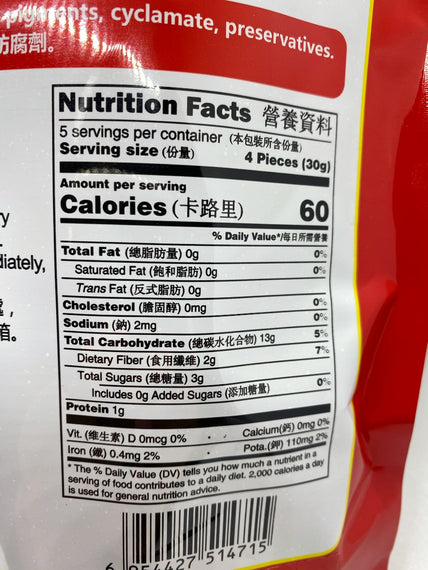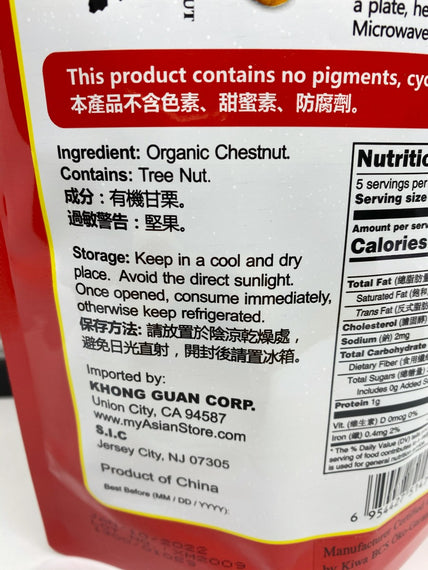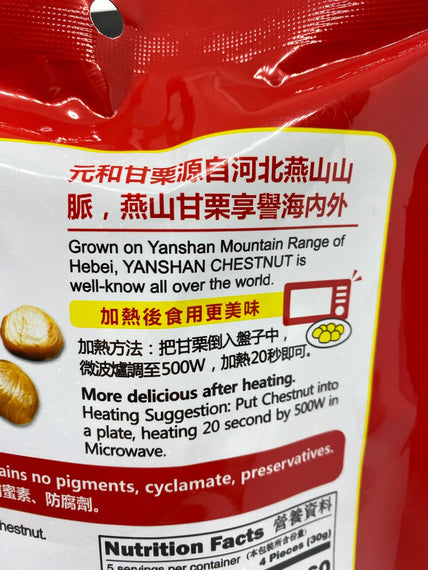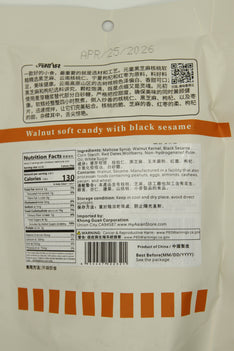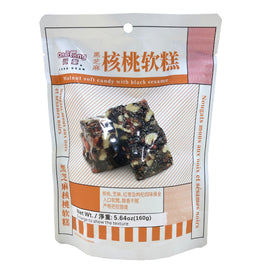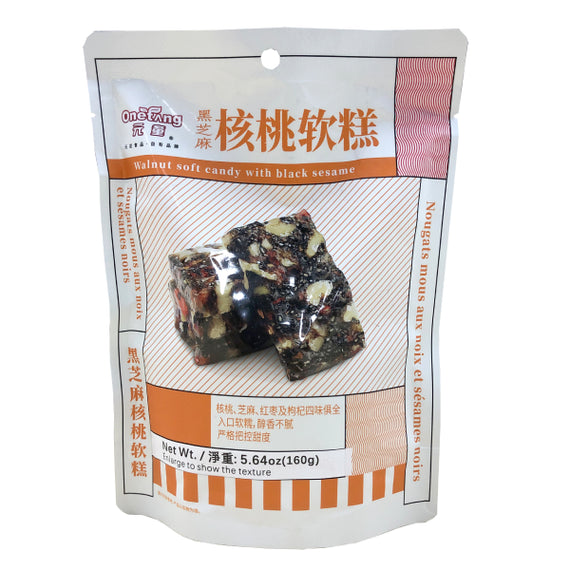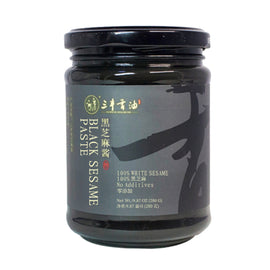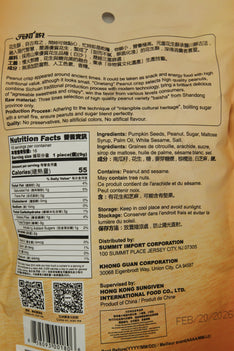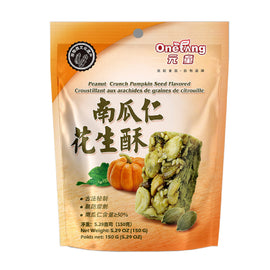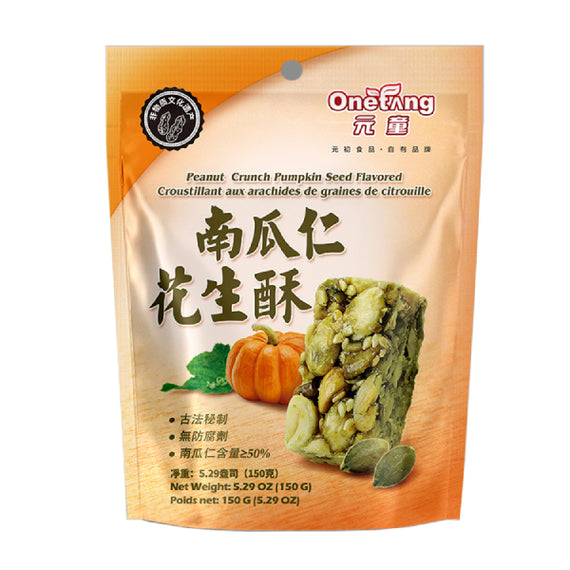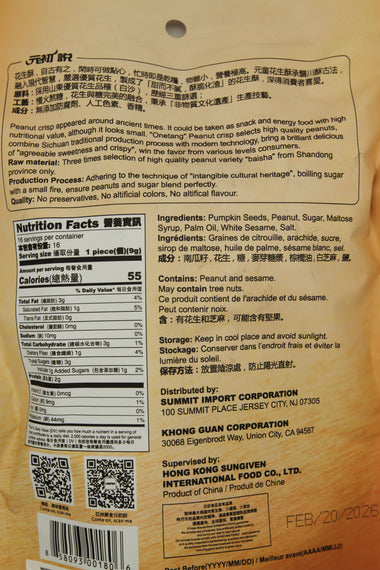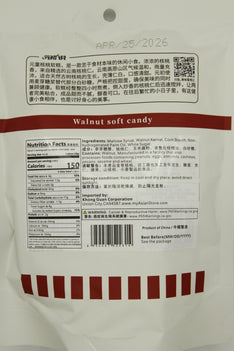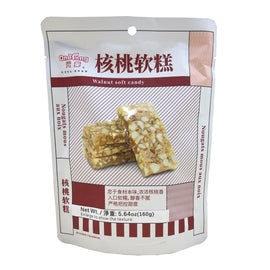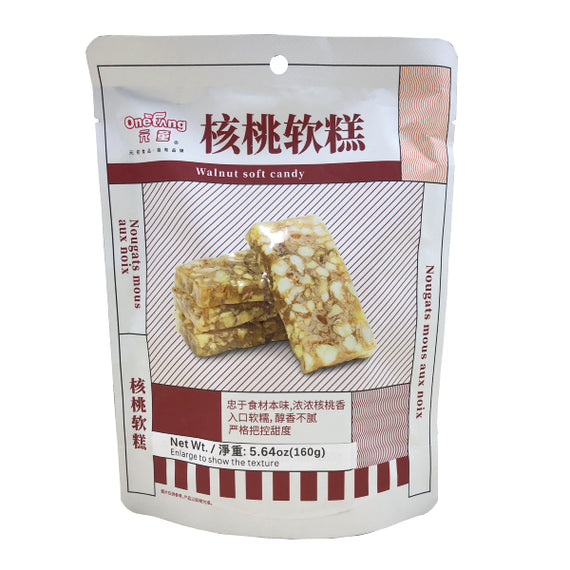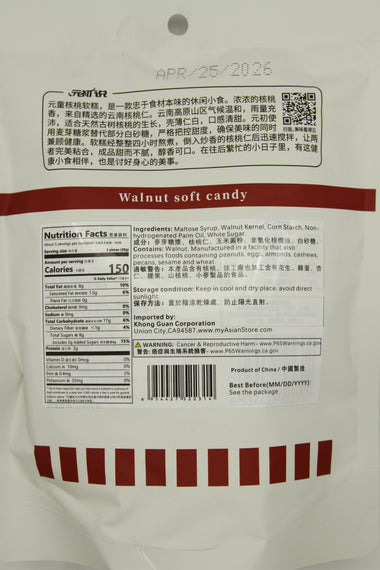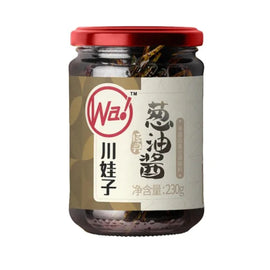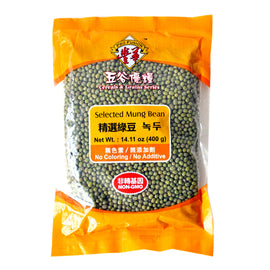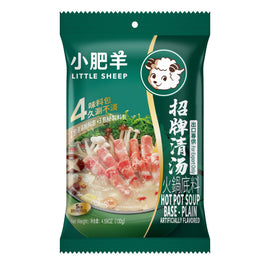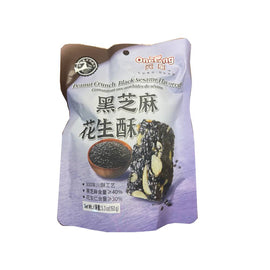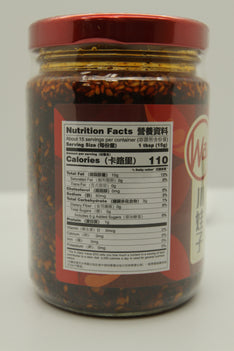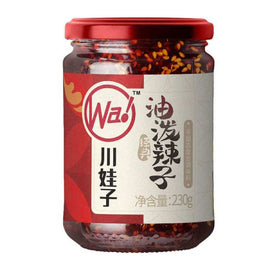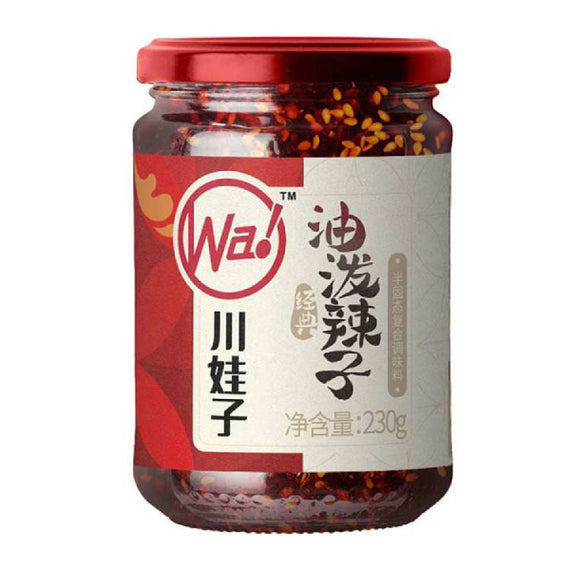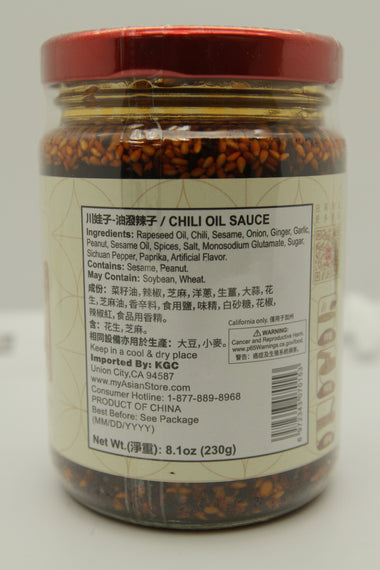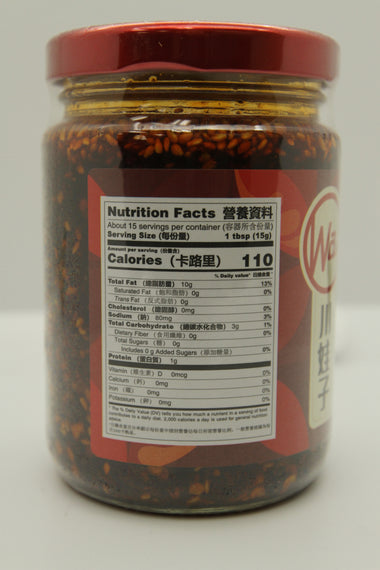Product successfully added to your shopping cart
Beyond Sweetness: The Unassuming Versatility of the Black Sugar Slab
In the world of sweeteners, we often reach for the familiar: the fine, uniform grains of white sugar, the easy-to-dissolve crystals of brown. But tucked away in the pantries of discerning bakers, the tea houses of East Asia, and the kitchens of innovative chefs lies an ingredient with more character and depth than its refined cousins: the black sugar slab.
This is not the granulated brown sugar found in every supermarket. Black sugar slab, often known as kokuto in Japan or heimishatang in Taiwan, is a raw, unrefined cane sugar. It is traditionally made by slowly simmering and reducing sugarcane juice until it thickens, then poured into molds to harden. The result is a hard, irregular block ranging in color from deep amber to a dark, almost black, brown. Its surface might be dusty, its shape imperfect, but within this rustic form lies a world of complex flavor and astonishing versatility that goes far beyond simply making things sweet.
A Flavor Profile of Depth and Character
The first thing to understand about black sugar slab is that its value is in its impurity. Unlike white sugar, which is 99.9% sucrose, black sugar retains its natural molasses, minerals (like iron, potassium, and calcium), and other trace elements from the sugarcane. This gives it a rich, robust flavor profile—a deep caramel sweetness with distinct notes of toffee, malt, and a subtle, almost smoky bitterness that prevents it from being cloying. It’s this complexity that makes it such a transformative ingredient.
The Art of Preparation: Unlocking the Slab
Using a black sugar slab requires a little more intention than scooping from a bag. It must be grated with a microplane, chopped with a heavy knife, or gently melted. This very act of preparation is part of its charm, connecting the cook to a more traditional, hands-on way of creating food. Once prepared, its uses are boundless.
1. The Soul of Soul-Warming Beverages
This is where many first encounter the magic of black sugar. Grated or melted into hot water or milk, it forms the base for the legendary Black Sugar Boba Milk. The deep, caramel-like sweetness of the syrup coats the tapioca pearls (boba) and melds perfectly with the creamy milk, creating a drink that is infinitely more complex and satisfying than one made with simple syrup. Beyond boba, it makes a fantastic sweetener for coffee, chai, or even a sophisticated twist on an Old Fashioned.
2. A Baker's Secret Weapon
In the oven, black sugar truly shines. Its rich molasses flavor and moistness make it ideal for baked goods where a deep, warm sweetness is desired.
-
Cookies & Brownies: Swapping white sugar for grated black sugar in chocolate chip cookies or brownies adds a layer of butterscotch-like depth that makes them irresistibly chewy and rich.
-
Cakes & Quick Breads: It elevates gingerbread, sticky toffee pudding, and banana bread from delicious to sublime.
-
Glazes and Frostings: Melted down with a little cream or butter, it creates a stunning glaze for doughnuts, cakes, or pastries.
3. Savory Applications: The Ultimate Umami Boost
This is where its versatility surprises most. The complex, almost savory quality of black sugar makes it a fantastic ingredient in marinades and glazes. Its sweetness caramelizes beautifully, while its bitter notes balance salty and savory elements.
-
Caramelized Meats: A black sugar-based glaze for char siu (Chinese BBQ pork), pork belly, or even chicken wings provides a gorgeous, sticky, lacquered finish with a flavor far superior to regular sugar.
-
Stir-fry Sauces: A small amount, dissolved in soy sauce, vinegar, and garlic, creates a beautifully balanced sweet-and-sour or teriyaki-style sauce for stir-fries.
-
Braises and Stews: A small chunk of the slab added to a braising liquid for short ribs or a stew can round out the acidity of tomatoes and enhance the savory depth of the dish.
4. The Finishing Touch: A Textural and Flavorful Garnish
Don't overlook the slab itself. A few shavings of black sugar sprinkled over oatmeal, yogurt, or even a fruit salad adds not just sweetness, but a delightful crunch and a burst of mineral-rich flavor. It can be the perfect finishing touch to a cheese board, paired with sharp cheddar or creamy blue cheese.
More Than an Ingredient, A Narrative
Using a black sugar slab is a choice to embrace imperfection, depth, and process over convenience. It connects us to a time before hyper-processing, reminding us that the best flavors are often the most natural. Each rough-hewn piece tells a story of the sugarcane field and the slow, careful evaporation process.
In a world of uniform ingredients, the black sugar slab stands out as a testament to character. It is a humble block of sweetness that, with a little effort, unlocks a universe of flavor—from the comforting depths of a milky tea to the sophisticated glaze on a roast, proving that true versatility lies not in simplicity, but in beautiful, unrefined complexity.
PRODUCT OF CHINA
NEW WEIGHT: 16 OZ

